Einstein and the relativity of tourism exploitation
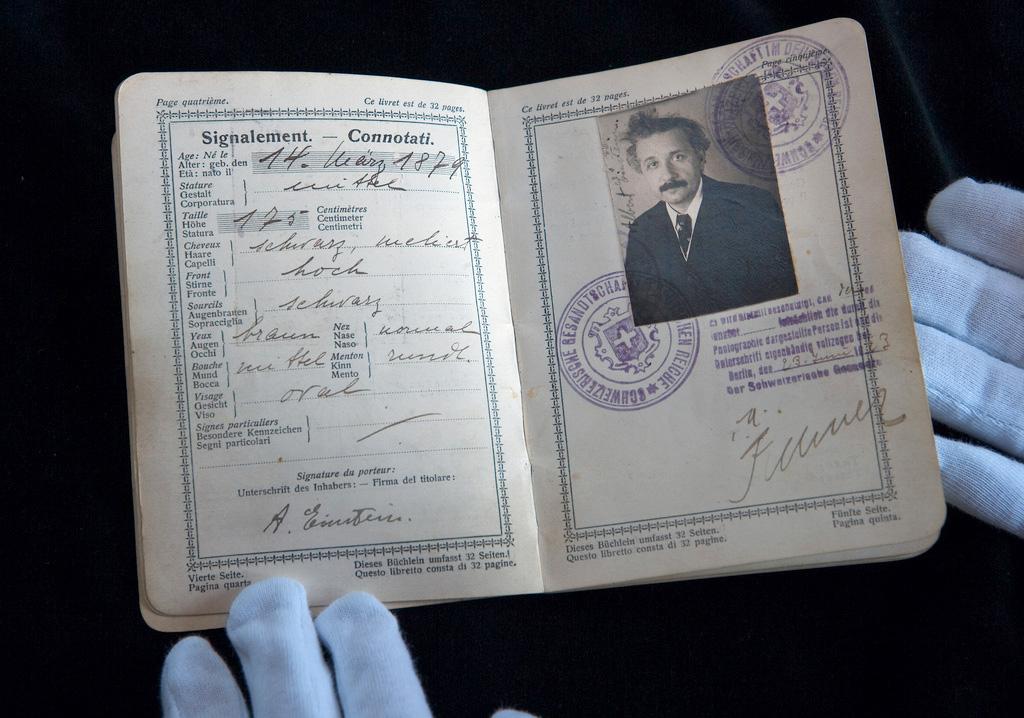
The ‘first pop star of science’ Albert Einstein once made the Swiss capital Bern his home, but while the city likes to celebrate the connection, one of the physicist’s descendants thinks ‘Einstein mania’ is getting out of hand.
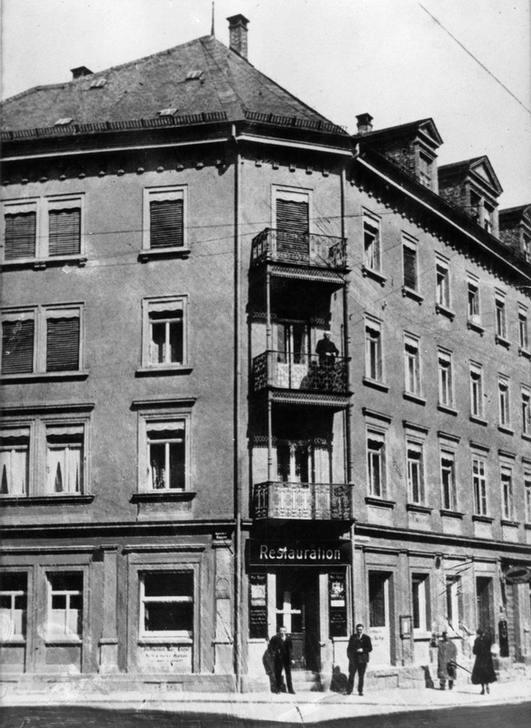
“Can you walk through walls?” Karl Höb, one of Ulm’s city guides asks at the beginning of his guided tour. Like Bern, the southern German town of Ulm was also once home to the famous physicist. The walls the guide refers to are now nothing more than symbolic however. The house where Albert Einstein was born, close to the railway station, was completely destroyed in the Second World War, leaving only the foundations behind. After being paved over, the outline of the house was laid out on the ground, allowing visitors to ‘step inside’ a structure that is no longer standing.
Höb welcomes me and Dirk Homburg, head of communication at the Ulm and Neu-Ulm tourism office, to the spot where Einstein once lived. Behind us, a large canvas advertises the new ‘Sedelhöfe’ city quarter, which is currently under construction. Will the last few remains of Einstein’s place of birth now suffer the same fate as the rest of the house and be flattened?
“As part of the Sedelhof Project we plan to keep or build some sort of memorial,” the City of Ulm replied to our enquiry. However, Karl Höb emphasises that he is trying to find a good solution.
Just a few memories
Those who want to find Einstein in Ulm have to either specifically look for him or book a guided tour. According to Homburg, the city of Ulm only offers a handful of guided tours on Einstein per year. Most of the tourists come here to either see the cathedral – which at 161 metres has the world’s highest steeple – or the Lion Man, the world’s oldest animal sculpture. In 2014, Ulm/Neu-Ulm notched up 754,348 overnight stays.
“The problem, or rather the challenge, is the fact that most Einstein artefacts are no longer intact,” Homburg says. There is an abstract memorial sculpture by the Swiss artist Max Bill next to Einstein’s birthplace. However, the Einstein window in the cathedral is somewhat hidden; the house of the Englishman, where his father used to buy his down, is not accessible; and the Einstein fountain near the army barracks is too far off the beaten track for most tourists. But Homburg is convinced that the Einstein brand will be better marketed in future.
Höb, who carries out his multimedia guided tours as “Karl Keinstein”, makes the most of the few locations that do commemorate Einstein. His briefcase is filled with pictures and sound recordings, and he always has a good Einstein quote up his sleeve. He also got the city archives to set up a glass cabinet displaying Einstein memorabilia. “A lot of people don’t even know that Einstein was born here.”
The first 15 months of a newborn – and this is exactly when Einstein lived in Ulm – make up a key time in childhood. “The synapses in the brain, their networks…their basis [for Einstein] is: Ulm.”
Original location
Einstein spent more of his life – namely seven years – in Bern. It was here that he developed the special theory of relativity in his free time. The house on Kramgasse 49, where he lived for a while, is now a museum.
When we visited the museum, there were no Asian tourists – a fact Jürg Rub, manager of the Einstein House, thought rather surprising. “Some tourists come to Bern only to see Einstein’s original flat,” he stresses. Einstein, he insists, is a “magnet”.
Between 95% and 97% of the visitors come from abroad. Montse from Spain and Jon from the US are wandering around the second floor of the the 55 square metre flat. They came across Einstein’s house by accident, Jon said. “I like that you can meet Einstein as a real person,” says Montse. “Looking at his pictures when he was five years old, I was wondering if anyone could have told him back then what he would be 30 or 40 years later.” Emma, from Britain, also thinks it is “great to learn more” about Einstein.
More and more tourists are coming to visit the house in the old town of Bern, which was declared a UNESCO World Heritage Site in 1983. In 2014, Bern recorded a total of 718,575 overnight stays with 46,191 tourists visiting the Einstein House and 21,799 visiting the Einstein Museum in Bern’s History Museum.
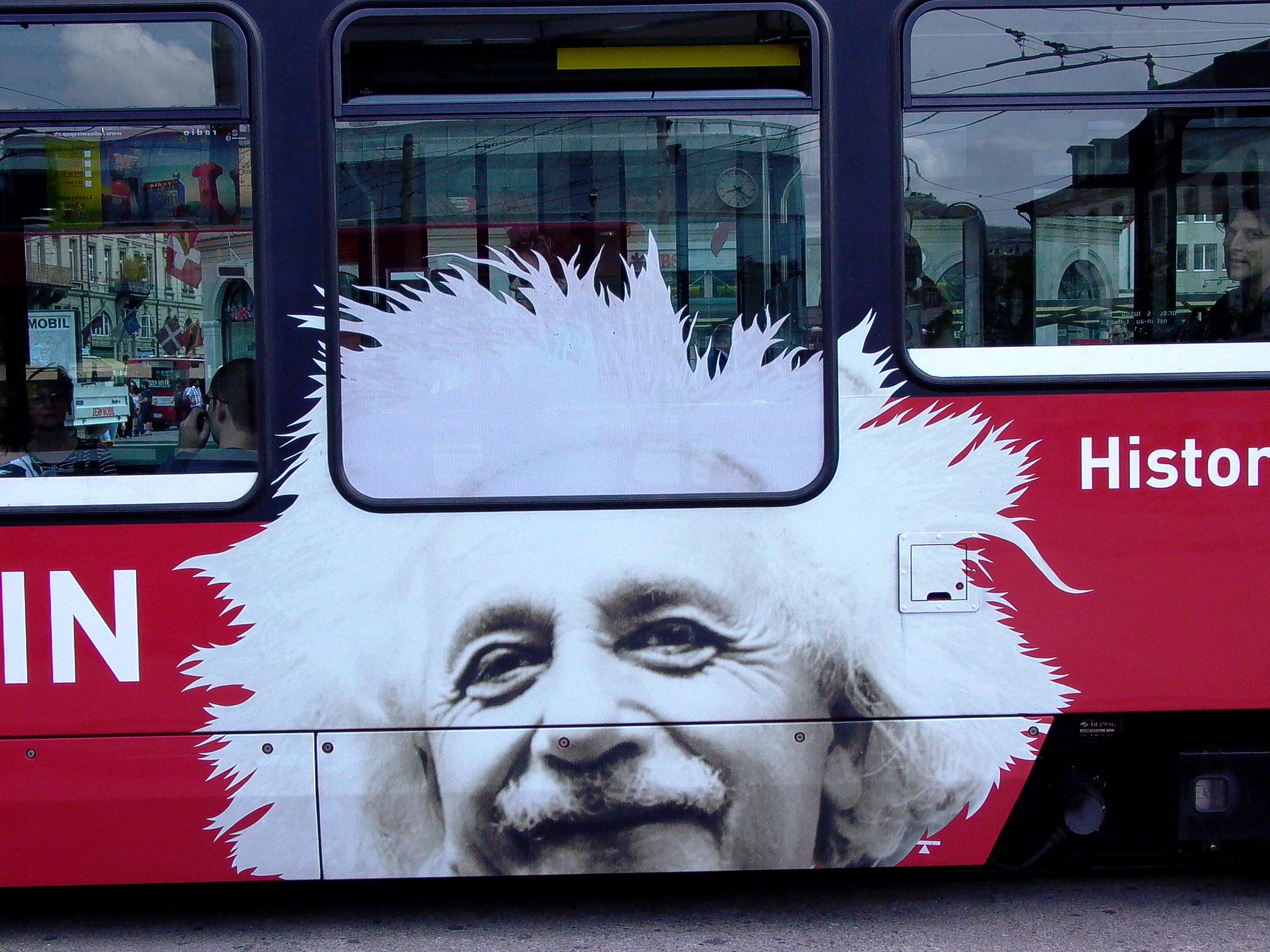
More
Sales are up, thanks to Einstein
Measuring 1,000 square metres, the exhibition space is a lot bigger at the museum than at the Einstein House, and there is even enough space for the theory of relativity. The museum emphasises the Einstein connection, says Severin Strasky, head of marketing and communications at the History Museum.
Around three-quarters of visitors are from abroad. On Google Maps the History Museum is actually marked as ‘Einstein Museum’. “For us, the Einstein Museum is a unique selling point,” Strasky explains. “Strictly speaking it is clearly part of the History Museum, however, from a marketing point of view it’s also important for this name to be found by search engines.”
It is no coincidence that the much smaller Einstein House attracts twice as many tourists as the museum, according to Jürg Stettler, tourism specialist at Lucerne University. “Visiting original locations of films or important historic personalities is very popular,” he says.
Driving force
The Einstein brand is very important for Bern’s tourism marketing. “We hit the jackpot with him,” says Nicole Schaffner, PR specialist for Bern Tourism. “We are lucky that Einstein loved our town so much.” She is convinced that some tourists come to Bern specifically because of Einstein. “The name is a huge driving force for tourism.” This is reflected in visitor numbers at the Einstein House and Museum.
General theory of relativity
On 25 November 1915, Einstein presented his general theory of relativity at the Prussian Academy of Science in Berlin. It is considered one of the century’s scientific masterpieces and was his most impressive achievement. Since this discovery we have known that time, space and mass are no natural constants. The general theory of relativity unveiled the secret of gravity and took the world a big step forward. It is due to the general theory of relativity that our Global Positioning System (GPS) can achieve such accuracy. However, how much of Einstein’s findings were used for the development of the nuclear bomb remains a mystery to this day.
Tourism specialists want to make more use of the Einstein brand in the future, Schaffner explains. “We would definitely like to offer more. At the end of the day, Einstein is a brand with a good reputation all over the world. Why shouldn’t we use Einstein’s love for Bern to market our town?”
Tourism professor Stettler believes Einstein is a huge selling point for Bern. Einstein has the potential to attract a wide range of people as he can be brought to life to convey experiences. “Tourist destinations are usually very broad, very general and exchangeable.”
‘Grotesque’ marketing
Charly Einstein (44), one of Einstein’s great-grandchildren who has lived in Bern since he was a child, has a problem with the commercialisation of his family name. For our interview he specifically asked us not to meet at the Einstein Café on the ground floor of the Einstein House, but in front of the cathedral.
“It is a bit far-fetched for Bern to use Einstein as an attraction,” he feels. “The name is overly exploited, and in my opinion, Bern has a lot more to offer. The amazing shopping opportunities under the arcades are only one example.”
He also wonders how much influence Bern actually had on the development of the theory of relativity in 1905. “I am convinced that Einstein’s residence hardly had any influence on this. For this reason I think that basing the town’s marketing on Einstein is grotesque,” Charly Einstein concludes.
Translated from German by Billi Bierling

In compliance with the JTI standards
More: SWI swissinfo.ch certified by the Journalism Trust Initiative

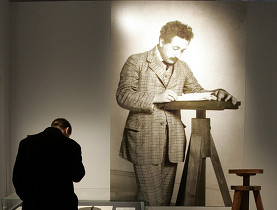
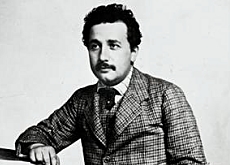

You can find an overview of ongoing debates with our journalists here. Please join us!
If you want to start a conversation about a topic raised in this article or want to report factual errors, email us at english@swissinfo.ch.